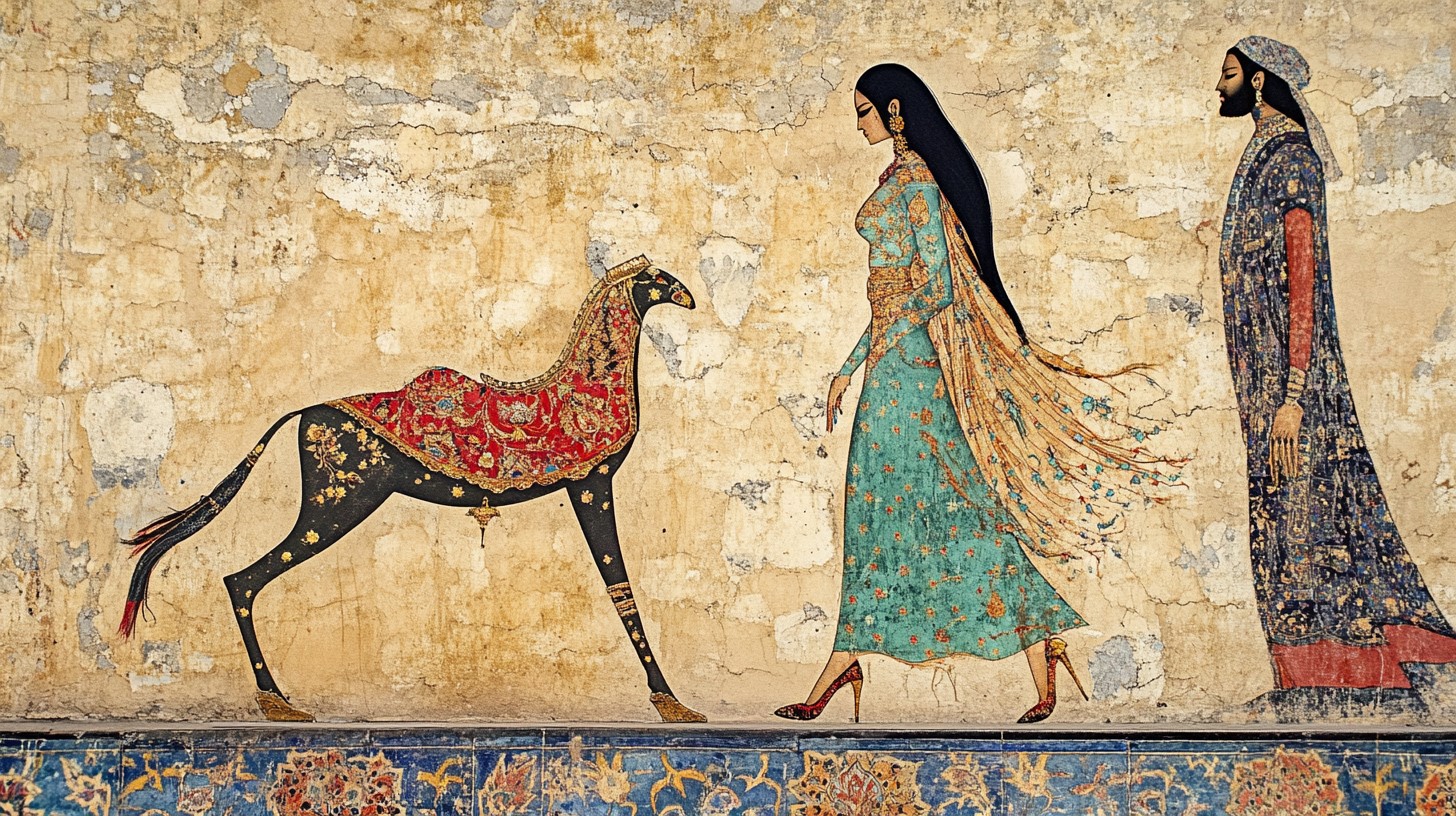When one thinks of high heels, images of fashion runways, chic social events, and modern style might come to mind. However, the origin of high heels is far more nuanced and tied to functional rather than fashionable purposes. An intriguing part of history reveals that high heels trace back to Persian soldiers in the 10th century. This historical journey uncovers how heels transitioned from the battlegrounds of ancient Persia to the fashion capitals of the modern world.
The Functional Beginnings of High Heels
In the 10th century, the Persian Empire was a formidable power with an expansive territory. Persian soldiers, known for their horsemanship, faced numerous challenges on the battlefield. Cavalry units were crucial in warfare, and a rider’s stability on horseback could often determine the outcome of a battle. Herein lies the practical origin of high heels.
The Role of Heels in Persian Cavalry
Persian soldiers designed and wore boots with long, robust heels to improve their effectiveness on horseback. These heels served a practical purpose: they helped secure a soldier’s feet in the stirrups, providing better stability and control while riding. This innovation allowed soldiers to stand up in the stirrups and shoot arrows more accurately during combat.
The slightly elevated heel permitted soldiers to lock their feet more securely into stirrups, which was essential during combat maneuvers. This connection between a soldier’s foot and the stirrup created a safer, more balanced ride, significantly enhancing combat effectiveness. Thus, the heels were a functional innovation, crucial for maintaining balance and providing leverage during horseback engagements.
Transition into Persian Society
While initially designed for military utility, high-heeled shoes soon transitioned into Persian society and culture. High heels became synonymous with the upper class and nobility, symbolizing power and status. As cavalry units were often composed of elite troops, the footwear they popularized trickled down to signify affluence and influence within the Persian aristocracy.
Historians have noted that high heels in Persian culture also transcended gender roles to some extent. Both men and women of high status wore elevated shoes, marking them as elite members. This sartorial choice was not just about fashion but a display of societal rank and class distinction.
Introduction to the Western World
The appeal and unique functionality of high-heeled footwear eventually caught the attention of European travelers and emissaries. As early as the 16th century, Persian diplomatic missions exposed European courts to the distinctive style of Persian heels. This introduction laid the groundwork for a significant trend in European fashion.
European Adoption and Adaptation
European aristocrats were quick to adopt this foreign fashion staple. The high heel symbolized power and prestige, mirroring its function in Persian society. By the late 1500s, the use of high heels had spread across various European courts, from France to England. Initially, these heels were quite similar to their Persian counterparts, bestowed with the practical purpose of horsemanship. However, over time, the practicality gave way to aesthetics.
A notable figure in this transformation was King Louis XIV of France, famously known as the “Sun King.” His influence in the late 17th century was a fashion revolution in itself. Louis XIV wore decorated high heels as a display of power and grandeur. The shoes often depicted intricate designs, luxurious materials, and vibrant colors, elevating the heel from a mere functional item to an epitome of opulence and style. Consequently, heels became a fashion statement among the European aristocracy, imitating the grandeur exhibited by the monarch.
Transition into Modern Day Fashion
High heels eventually became gendered as a feminine item by the 18th century. The Enlightenment era also played a role in this gender specification, as societal norms and perceptions began attributing different attire more rigidly to men and women. This growing distinction saw men’s attire becoming more subdued and practical while women’s fashion embraced more ornate and expressive styles, including high heels.
By the early 20th century, high heels had become firmly entrenched in women’s fashion. Designers like Salvatore Ferragamo and Christian Dior further revolutionized the silhouette and style of high heels. Ferragamo’s introduction of the stiletto heel in the 1950s marked a significant evolution in design, contributing to how high heels are perceived and worn today.
Conclusion: From Battlefields to Runways
The journey of high heels from the cavalry units of 10th-century Persian soldiers to the fashion runways of modern society is a fascinating evolution. Initially born out of necessity and functionality, high heels have undergone a remarkable transformation through various cultures and periods. They have evolved to embody status, power, and fashion simultaneously.
Understanding the historical context of high heels allows us to appreciate the depth of cultural exchange and innovation over the centuries. From the Persian soldiers who first recognized the practical utility of elevated footwear to modern designers who sculpt them into art pieces, high heels offer a distinctive narrative transcending mere fashion. Today, as they continue to dominate the fashion industry, high heels stand tall not just as a symbol of style but as a testament to their multifaceted history and enduring allure.


